For homesteaders, the common house mouse is one of the most troublesome of pests. A small brown or gray rodent with little beady eyes, large ears, and a skinny three to four-inch long tail, house mice flourish under a diverse array of conditions in and around homes, sheds, barns, and outbuildings.
The unwelcome intruders consume food meant for people, pets, and farm animals. They contaminate food preparation areas with their urine and feces, which contain harmful bacteria (salmonella) that can cause food poisoning. Mice constantly gnaw, causing costly property damage. Not to mention they spread disease.
Disease can also be spread indirectly, transmitted when humans encounter infected carriers such as fleas, mites, and ticks. These parasitic insects can invade your home and eventually find their way to people and pets, making a nasty problem even worse.
When the north winds blow, mice seek a warm, sheltered place to reside for the winter. If you see signs of mice or their droppings in or around your home, you will want to rid your property of the infestation immediately. Before the little pests can multiply.
Fresh gnawing, mouse droppings, tracks, or a pungent musky odor are all signs of a mouse infestation. Mice build nests from shredded paper, bits of cloth, dried plant material, or other available fibrous materials.
Mice are most active at night. Unless an infestation is intense, you may never see a mouse – only the tell-tale signs of their presence.
If you wish to avoid dangerous chemicals, toxins, and poison, read on to discover seven natural rodent repellents that are effective when used around the yard as well as for baiting rodents that have moved indoors.
1. Repel Rodents With Herbs
Many herbaceous plants are useful in repelling insects and rodents. Plant lavender, sage, rosemary, horehound, and any variety of mint around the foundation of your home and in gardens and flowerbeds where rodent activity is evident.
https://www.instagram.com/p/BKVElE3Bg1h/
The pungent scent of herbs also repels insect pests, helping to keep the home ant, spider, and cockroach-free.
2. Adopt A Cat
The most natural and effective rodent control is a cat. A couple of feral barn cats, adopted as “mousers” will quickly eliminate the problem.
I am repulsed by the idea of setting and handling mousetraps and dead mice. I much prefer to have Tasha, the cabin cat and much-loved member of our “furry family,” handle the unpleasant chore of mouse eradication.

If mice are an issue in the barn or outbuildings, adopting a semi-feral or feral cat from a rescue shelter is a win-win arrangement for both you and an animal desperately in need of rescue. However, please, never take in a stray cat just to kill mice.
Cats need food, shelter, and love. If you can’t provide all three, a cat is not the solution to your problem. If the mouse problem is indeed severe, consider consulting a professional extermination service.
Editor Note: If you choose to employ the help of a barn cat, do be aware that feral cats have the ability to wreak havoc on natural wildlife species. So rather than eliminating just the common house mice, they can also prey on birds, native mice, and others.
For proper cat care, the University Of Nebraska Extension advises that you only keep as many cats as you can feed and that if you are using cats as mice eradication, that you only keep the minimum number of cats around to take care of your homestead. They also suggest that you employ more than one method of mice eradication, so that you aren’t relying just on cats.
3. Create An Outdoor Rodent Repellent
Ingredients
- 1 cup of liquid dishwashing soap
- 1 cup of castor oil
- 2 tablespoons of Tabasco sauce
- 1 tablespoon of table salt
- 2 minced fresh cloves of garlic
- 1 quart of water
Directions
- Combine the ingredients.
- Pour around mole and mice holes and in any areas where you have noticed rodent activity.
- Apply again after it rains.
4. Block Rodent Entry
Use steel wool or foam sealant to fill holes or gaps in the gables, eaves, rafters, and around doors and windows. Push steel wool into gaps with a butter knife and use foam sealant to hold the steel wool firmly in place.
https://www.instagram.com/p/BbJ89K-lCrh/
Fill gaps or cracks around entry holes for plumbing, electrical, gas, telephone, and cable lines. Look for entry points under doors, around the attic and crawl-space vents, and around the foundation. Cover vents with screening or hardware cloth to prevent entry through larger openings.
5. Secure All Food And Paper Items
Store boxes of cereal, cookies, flour, and sugar in sealed, mouse-proof containers. Even though these items are in sealed packages, mice will chew through the outer cardboard and paper wrappings and find a feast.
Mice manage to survive with limited amounts of food, so if there are even a few crumbs on the counter, you may be supporting a substantial mouse population. Poor sanitation permits mice to thrive. Within a year, a single female mouse may have up to ten litters: each with five to six young.
Store food items in plastic, metal, or glass containers. Avoid leaving crumbs and debris on kitchen counters. Don’t let dishes to pile up in the sink. Wipe down countertops with white vinegar, which kills germs and leaves surfaces sparkling clean.
https://www.instagram.com/p/BbAUEo0nRzQ/
Do not leave pet food sitting out. Store dry pet food in containers with airtight lids. Remove and wash pet food dishes after use to avoid attracting rodents and insects to dine.
Always store garbage in bins or containers with mouse-proof lids and remember to turn the compost pile to cover newly added food waste.
Avoid storing stacks of newspaper or magazines. Remove potential nesting materials including piles of leaves or deep mulch that accumulate around structure foundations. Store paper goods such as paper towels, paper napkins, and toilet tissue in a mouse-proof cabinet or container.
6. Use Essential Oils To Repel Mice
Clean and polish wooden kitchen and storage cabinets with orange essential oil. Mice and insects detest the scent of orange oil and will vacate the area.
Tuck cotton balls saturated with essential oil in linen closets, trunks, drawers, sleeping bags, and suitcases. Mice are especially offended by specific scents. Lavender, eucalyptus, clove, clary sage, and peppermint essential oils work well when used to repel mice.
https://www.instagram.com/p/Bc52B5TF54v/
Borrow a few scented dryer sheets from the laundry room and place them between stored blankets, sheets, and bed linens. Not only will they repel mice, but the scent of dryer sheets also keeps moths out of seldom-used items.
7. Eliminate Sources Of Water
Mice, like all living things, need water to survive. Eliminate indoor water sources such as condensation on pipes, leaky faucets, or drips from faulty radiators.
Rodent Removal
If mice have moved into your home or outbuildings, get rid of them. Trapping is more efficient and safer than using poison.
If you are tempted to use poison, keep in mind that poisoned mice may die when they’re trying to access places, causing a terrible stink.
Also, when using poison, pets, livestock, or other wildlife might ingest a tainted mouse.
Eliminating Mice Indoors With Traps
Although there are many different types of mousetrap on the market, the old-fashioned wood-based snap traps seem to work the best: They are inexpensive and get the job done.
If you do not want to handle a trapped mouse and then reset the trap, use disposable mouse traps indoors to control and hopefully eliminate mice in the house. Pieces of ripe banana, peanut butter, small bits of cheese, small pieces of ham or bacon, as well as raisins make excellent mouse bait.
Setting The Traps
When setting traps, place the wooden traps on a piece of newspaper in locations where you suspect mouse activity. Setting traps in groups of two to three works best. Mice tend to travel along the base of the walls in order to avoid crossing large open spaces.
Place traps at a right angle to the wall, with the trigger end touching the wall. Avoid placing traps where they could be stumbled upon by children or pets.
https://www.instagram.com/p/BaC3nPjg-Df/
Place traps several feet apart. To increase the effectiveness of the traps, enlarge the triggers by attaching a two-inch section of cardboard or opt to purchase traps with an expanded trigger plate. Other foods that attract mice include small pieces of fresh fruit, gumdrops or nutmeats. Attach solid bait to the trigger plate with a section of thread or fishing leader.
Keep An Eye On Your Traps
Monitor mouse traps daily. Once the varmint nibbles the bait, the trap will snap. If you fail to catch mice in your traps after a couple of days, move the traps to another location with evidence of mouse activity.
Humane Extermination
If you wish to employ a more humane approach to rodent removal, “catch and release” rodent traps are available for purchase at local hardware stores and home and garden centers.
Keep in mind, that if you are going to trap and release mice and rats, do it at least a mile away from your home or they will just return to their previous habitat. Take critters to release far out in the wild so that if released they do not become your neighbor’s problem.
Other Trap Options
If you have a lot of mice, consider deploying multi-catch mouse traps. Mice are not dissuaded in their pursuit of food by the smell of humans or other dead or dying mice. Once you catch a mouse, it is not necessary to disinfect the trap before reusing.
When disposing of trapped mice or their feces, always wear rubber gloves and a disposable face mask. Prepare a mixture of a quarter cup dishwashing detergent, a half cup of household bleach, and a gallon of water. Place one-quart of the mixture in a spray bottle and save the rest for disinfecting mouse- contaminated surfaces.
Never attempt to vacuum or sweep up mouse droppings until you have thoroughly sprayed the area with the mixture. Vacuuming or sweeping circulates dust-borne viruses such as West Nile virus, which is deadly in horses and humans, into the air. After removing droppings, use a damp cloth saturated with the mixture to wipe down all surfaces adjacent to the trapping area.
References
- Mouse Control, New York State Department of Health
- Identity And Prevent Rodent Infestations, United States Environmental Protection Agency
- Rodents, United States Center For Disease Control




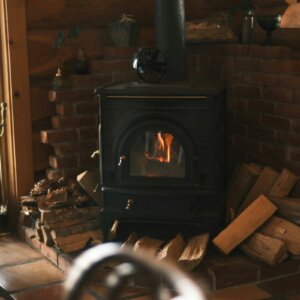

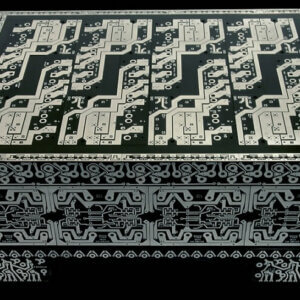


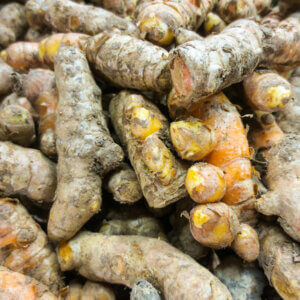



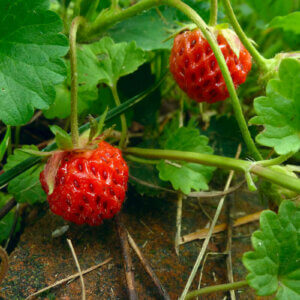



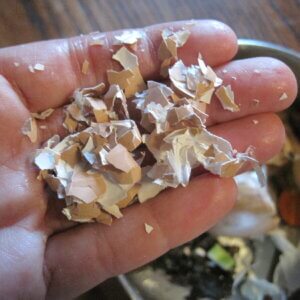


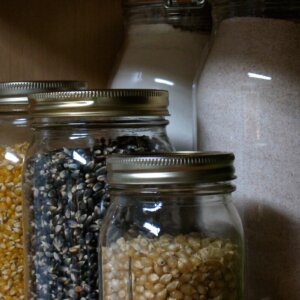


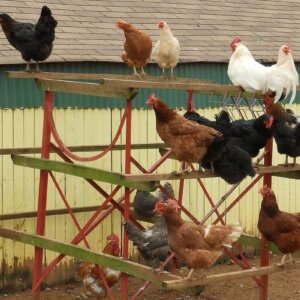

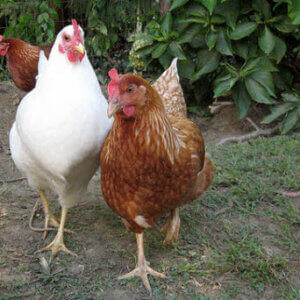



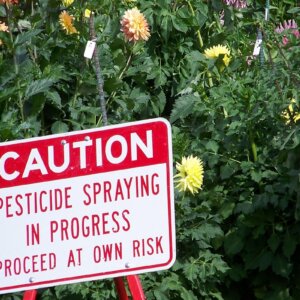

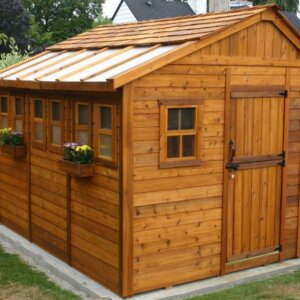

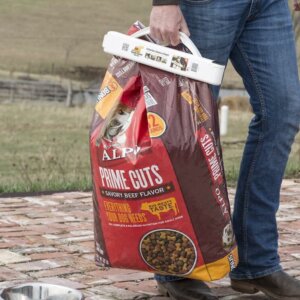


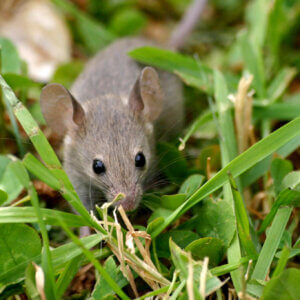



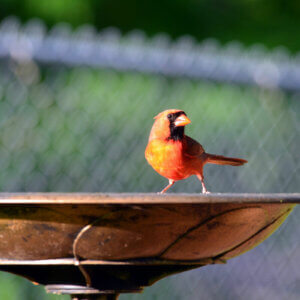

It is true that if you see one mouse you may have a hundred. I saw a fat mouse run from under my coach one night. The next day I searched the outside of my house around the foundation for holes that they could use for entry. I found three. I found the first hole where the cable TV guy pulled an exhaust vent out from the wall to run the coax cable to inside the house and did not reseal the joint. Another was a hole in the screen of a crawl space vent. I put 1/4 inch heavy wire mesh over the vent to block that hole. The other was a small 3/4 well-worn hole thru the expanding spray foam insulation I had used to seal the space around the heat pump lines that enter the house. I pushed a short piece of tree branch into that hole to seal it. Inside the house around 8 at night I set up one catch and release trap. I caught a mouse within two hours. I released the mouse about 300 feet from the house and reset the trap. In just a few minutes I had caught another. Then I caught another and another and another one almost like clockwork every 15 minutes. The next day I set three and again planned to stay up to see when they were the most active. I found that they are active mostly from 10 pm to 5 am every night. I invested in two more catch and release traps and one well-advertised spring trap kill hotel. The live catch and release traps caught 5 times more mice but I found you have to get rid of the mice as soon as you hear the trap trip or they will figure a way out and tell the other mice how to steal the bait and get away. I caught 10 to 14 mice a night for nearly 2 weeks before I was all of a sudden rid of my problem. The woods were I released the mice maybe temporarily full of mice but there are snakes, hawks, owls, and my two cats to catch them before they make it back to my house.
Photo/Attachment:
I would use something a bit more secure than foam for securing entrance holes. Rats and squirrels will not be deterred by foam. I like to fit solid blocks of wood, or use 1/4″ hardware cloth secured with screws and fender washers. The hardware cloth is particularly useful if you need to secure air vents or drain holes, but still need to allow air or water to move through. When you’re examining damage, also inspect the wiring and plumbing pipes, as both can be damaged from vermin chewing on them.
Another solution to repelling mice, is to spread some used cat litter around the perimeter of your house. They’re not going to hang around for very long if it smell like a cat lives there.